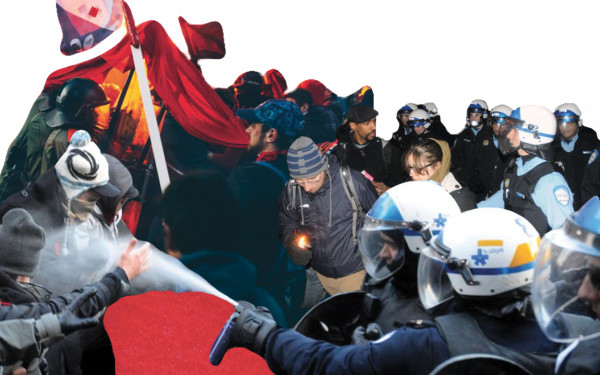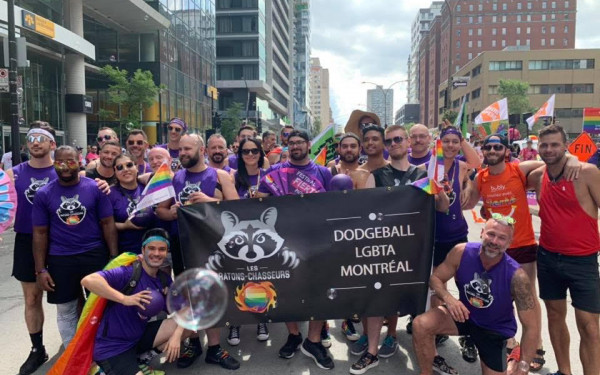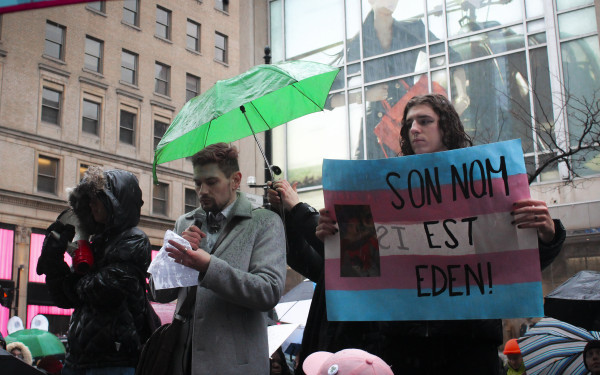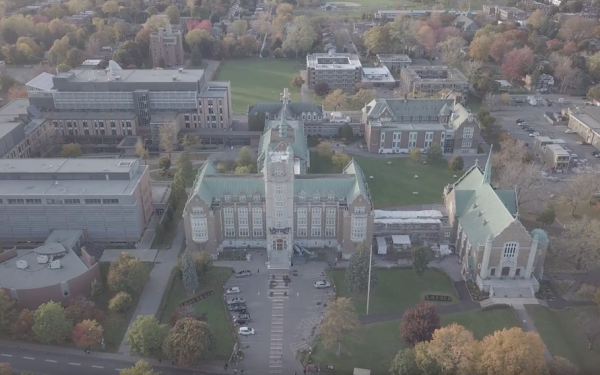Anti-LGBTQ+ Raids and Police Brutality
A People’s History of Canada Column
We like to think that Canada is an inclusive place.
As Canadians, we sometimes think very highly of ourselves, especially when comparing our country to the United States, or to whatever other country is in the news. Of course, Canada isn’t the land where everything is nice and perfect, like some may think it is, especially considering all that has happened in our past (the residential school system comes to mind).
That’s especially true when it comes to LGBTQ+ rights. Canada thinks of itself as a world leader in queer rights. Historically, of course, this hasn’t always been the case. Even today there’s still a lot of work that needs to be done to provide the LGTBQ+ community not just “acceptance” but actual inclusion in society in a way that, despite what looking at the surface level of Canadian society might tell you, isn’t quite there yet.
Many of the rights that are taken for granted by people outside of these communities have not been in place for all that long, either. Canada was the fourth country to allow same-sex marriage, but couples could only marry legally across all provinces since 2005. “Homosexual activity,” which essentially means consensual sexual relationships or acts, have been only been legal in Canada for 50 years.
Previously these people would have been considered sexual offenders under Canadian law just for having consensual relationships. Queer people still don’t have the same rights as non-queer people today. Men who have sex with men still aren’t allowed to donate blood, unless they refrain from having sex with other men for a full year before donating.
In a time where it was legal for businesses to deny service to queer patrons or even refuse to allow them to stay in their establishments outright, LGBTQ+ communities needed places where they could have leisure time. Here is where one of the most important aspects of queer history comes in: the gay bar.
With the internet contributing to making meeting with other queer people more accessible than ever, the institution that is the gay bar, while still important, has a somewhat reduced presence in today’s world.
But in the pre-internet days, that’s where one could meet people from the same communities, either to pursue romantic or sexual interests, or simply as a place to be their own true selves. They offered a safe space for these people, when many other places were either unwelcoming or downright discriminatory against them (LGBTQ+ people’s right not to be discriminated against wasn’t guaranteed by the federal government until 1996).
These spaces were not always so safe, however. In an effort to “clean up” the city (a term used by then Montreal mayor Jean Drapeau prior to the 1976 Olympics), police started harassing and raiding gay bars in and around the downtown core. These raids, along with higher downtown rents, contributed to many of these businesses moving to the east end of Montreal, in what we now know as the Gay Village.
During the night of Oct. 22, 1977, Montreal police raided Truxx and Le Mystique, two gay bars on Stanley St. This raid was much more akin to military operations then a normal police intervention: 50 police officers, wearing bulletproof vests with guns drawn (including at least two with machine guns), went in and arrested 146 patrons, all homosexual men, as part of what was at the time the biggest mass arrest since the October Crisis. They were charged as “found-ins,” which means being found in a place like a brothel or another similar illegal establishment. Truxx’s owner was charged for being the owner of a “a common bawdy house,” which, again, is a legalese term for keeping a brothel. The police calling these establishments brothels instead of bars or clubs is crucial, because it’s what gave the city’s homophobia and their desire to “clean up” the downtown area an air of legal legitimacy.
The men who were arrested were crowded into holding cells for more than eight hours, and forced to take venereal disease tests. They were also forbidden from calling their lawyers.
The vast majority of charges against the patrons would only be dropped in 1982, five long years after their arrests.
The very next day, 2,000 people took to the streets, blocking the corners of Ste. Catherine St. W. and Stanley St. to protest what had happened on the previous night. Police and protestors naturally clashed. In an effort to get the crowd to disperse, police rode their motorcycles into the crowd, clubbing protestors, who in turn threw beer bottles at the police.
Facing heavy backlash for what had happened in October after massive media attention from lobby groups, two months later the Quebec government acted. On Dec. 15, Quebec’s National Assembly agreed to amend the Quebec Human Rights Charter. Now, sexual orientation could no longer be used as grounds for discrimination, under the newly passed Bill 88. Quebec was the first major jurisdiction in North America to create that sort of legal protection.
The Quebec government made these changes to the law to legally protect LGBTQ+ people in what was undoubtedly a pretty progressive move by the Parti Québécois government, especially considering the time period and that other provinces and countries wouldn’t enact similar laws until much later.
Despite that, the police raids didn’t stop, and they escalated in violence.
Chez Bud’s, another downtown gay bar, was raided in 1984, and 188 people were arrested. Similar raids happened at the Katacombs bar in 1994; and the Sex Garage, in 1990, which many have called Montreal’s Stonewall (the important 1969 New York City LGBTQ+ riots that sparked the modern fight for queer rights in the U.S.). The Sex Garage raid in particular was well-documented photo and video-wise, and has been seen as the launching point for the queer movements we have in Montreal today.
The City of Montreal publicly apologized for the raids in August 2017, but it came decades too late. Montreal’s LGBTQ+ history is often misremembered, or even erased. It’s important to acknowledge that these painful, traumatic, and ultimately transformative events happened to communities that were and still are at risk. Laws were changed after Truxx, but these changes came with great pain for the communities–pain that took a long time to be acknowledged and a longer time to receive an apology.

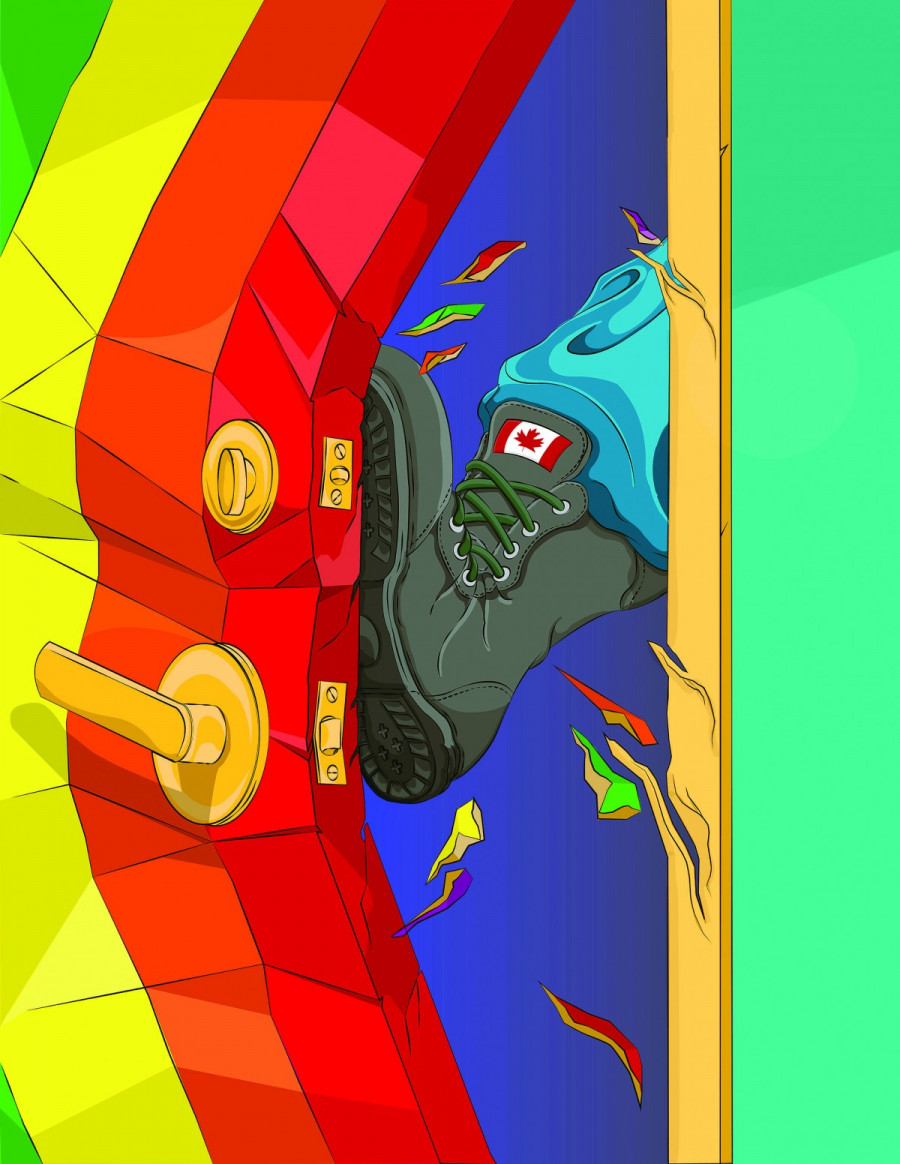
_600_832_s.png)

